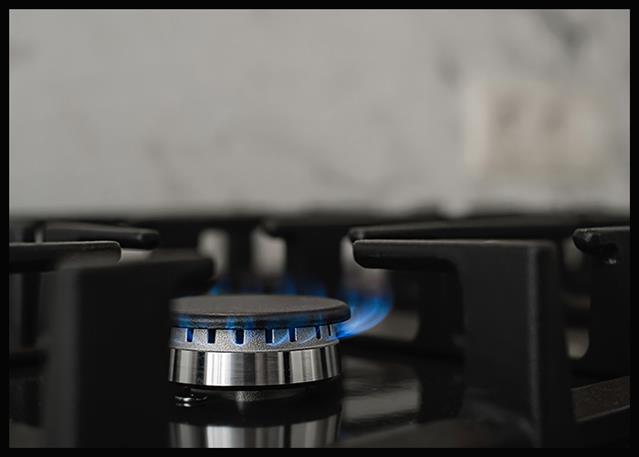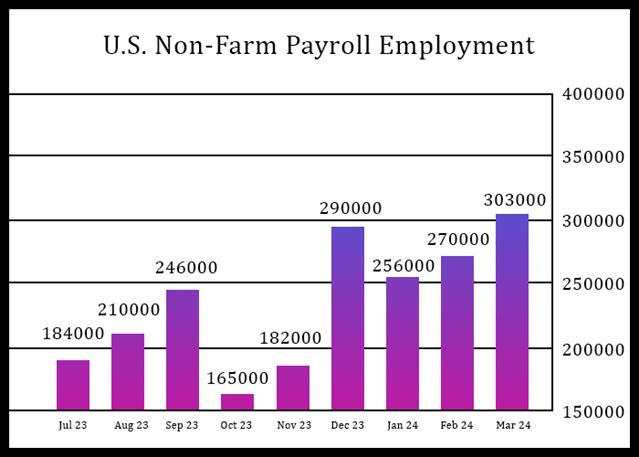
Cooking on a gas stove releases a higher volume of nano-sized particles into the air compared to gas or diesel vehicles, thereby elevating the risk of respiratory illnesses, says a new Purdue University study.
The nanoparticles measuring 1-3 nanometers in diameter are small enough to reach specific parts of the respiratory system and spread to other organs undetected by the naked eye.
The study, led by Brandon Boor, an associate professor in Purdue’s Lyles School of Civil Engineering, found that up to 10 quadrillion nanocluster aerosol particles can be emitted per kilogram of cooking fuel. This quantity is comparable to, or even surpasses, the emissions generated by vehicles equipped with internal combustion engines. Consequently, individuals inhale 10-100 times more nanocluster aerosol particles when cooking on a gas stove indoors compared to standing by car exhaust on a busy street, adds the study.
The study also cautioned that children are at higher risk due to their smaller size, with models suggesting that billions to trillions of particles could deposit in their respiratory system after just 20 minutes of cooking on a gas stove.
In light of these findings, the researchers recommend taking proactive measures to reduce exposure to indoor air pollutants, including considering nanocluster aerosol as a separate category of air pollutant. They advise using a kitchen exhaust fan when cooking on a gas stove to minimize the release of harmful particles into the air.
The findings are published in the journal PNAS Nexus.
Copyright © 2024, RTTNews.com, Inc. All Rights Reserved.















